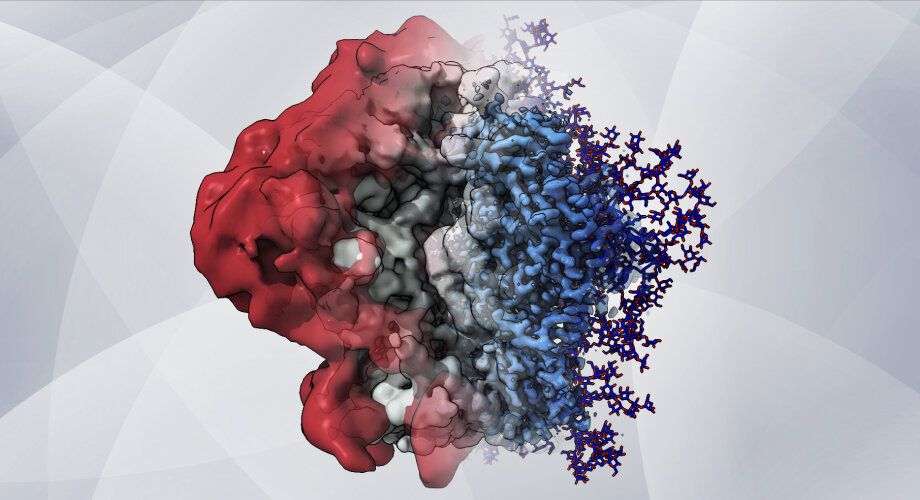Scientists from Scripps Research and Los Alamos National Laboratory have devised a method for mapping in unprecedented detail the thickets of slippery sugar molecules that help shield HIV from the immune system.
Mapping these shields will give researchers a more complete understanding of why antibodies react to some spots on the virus but not others, and may shape the design of new vaccines that target the most vulnerable and accessible sites on HIV and other viruses.
The sugar molecules, or “glycans,” are loose and stringy, and function as shields because they are difficult for antibodies to grip and block access to the protein surface. The shields form on the outermost spike proteins of HIV and many other viruses, including SARS-CoV-2, the coronavirus that causes COVID-19, because these viruses have evolved sites on their spike proteins where glycan molecules—normally abundant in cells—will automatically attach.










Comments are closed.